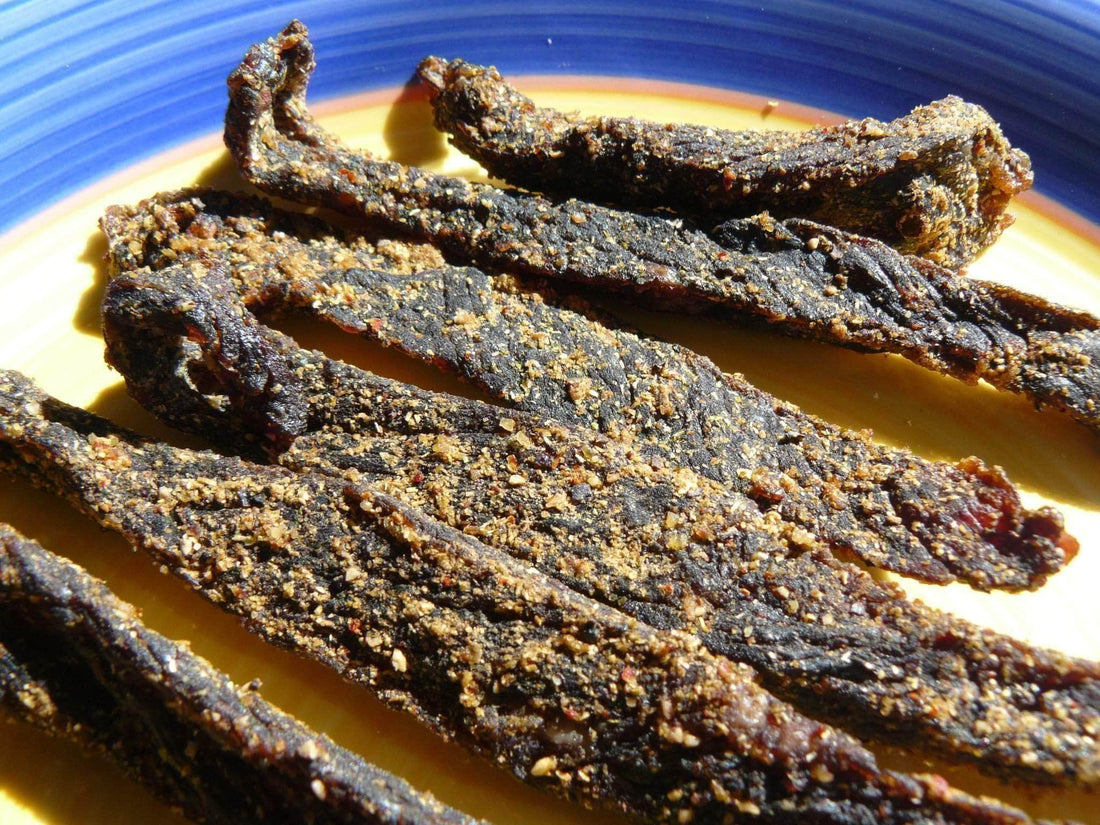Biltong, a form of dried, cured meat, first came about as a meat preservation technique needed for survival.

Meat preservation dates back to ancient times
Meat preservation as a whole has been around for a long, long time. European seafarers preserved meat for long journeys by curing it with salt or brine. The indigenous people of South Africa preserved meat by slicing it into strips, curing it with salt and hanging it to dry. European settlers who came to South Africa in the early 17th century added vinegar to the curing process, as well as potassium nitrate, which kills a deadly bacterium, while the vinegar inhibits its growth.
Food preservation was used as a survival technique
The need for food preservation at this time was crucial. Building up herds of livestock took a long time, but with game in abundance in South Africa, traditional methods were called upon to preserve the meat of large African animals in a warm climate. Since refrigeration had not been invented yet, the meat had to be preserved another way. The meat was preserved and hung to dry during the cold winter - the cold temperatures further inhibiting bacterial and fungal growth. After being dried, the biltong was packed in cloth bags, which allow air circulation to prevent mold.
Biltong became unique because of its special flavor
Biltong evolved from the dried meat carried by the wagon-travelling Voortrekkers, who needed stocks of durable food as they migrated from the Cape Colony into the interior of Southern Africa during the Great Trek. While biltong was already being made by the people of South Africa, the Voortrekkers quickly learned the skills of the natives, and further added a few ingredients of their own. They used vinegar, as well as a variety of spices including pepper, coriander and cloves. These flavorful additions created a whole new eating sensation.
Today, biltong has remained true to its history by keeping its unique process and intense flavor. Try some out for yourself by visiting our online biltong store!
